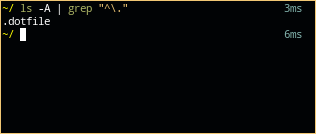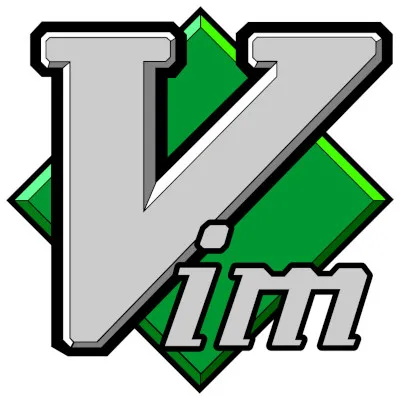would you suggest XDG or creating Symlinks?
You can do both, and both are easy.
The user-dirs.dirs file contains something like this:
XDG_DESKTOP_DIR="$HOME/Desktop"
XDG_DOCUMENTS_DIR="$HOME/Documents"
XDG_DOWNLOAD_DIR="$HOME/Downloads"
XDG_MUSIC_DIR="$HOME/Music"
XDG_PICTURES_DIR="$HOME/Pictures"
XDG_PUBLICSHARE_DIR="$HOME/Public"
XDG_TEMPLATES_DIR="$HOME/Templates"
XDG_VIDEOS_DIR="$HOME/Videos"
For example if you mount the disk in /media/dirname, it would be something like this, I’m giving it a external-drive name in this example:
XDG_DESKTOP_DIR="/media/external-drive/Desktop"
XDG_DOCUMENTS_DIR="/media/external-drive/Documents"
XDG_DOWNLOAD_DIR="/media/external-drive/Downloads"
XDG_MUSIC_DIR="/media/external-drive/Music"
XDG_PICTURES_DIR="/media/external-drive/Pictures"
XDG_PUBLICSHARE_DIR="/media/external-drive/Public"
XDG_TEMPLATES_DIR="/media/external-drive/Templates"
XDG_VIDEOS_DIR="/media/external-drive/Videos"
And for the symlinks, if the drive already has the Desktop, Documents, etc directories. It is as simple as this:
ln -s /media/external-drive/* $HOME
That will symlink all the files in the drive to your $HOME
I suggest you do both because you might run into a program that doesn’t follow XDG user directories.







https://www.youtube.com/watch?v=HhZ_HnqkJoo